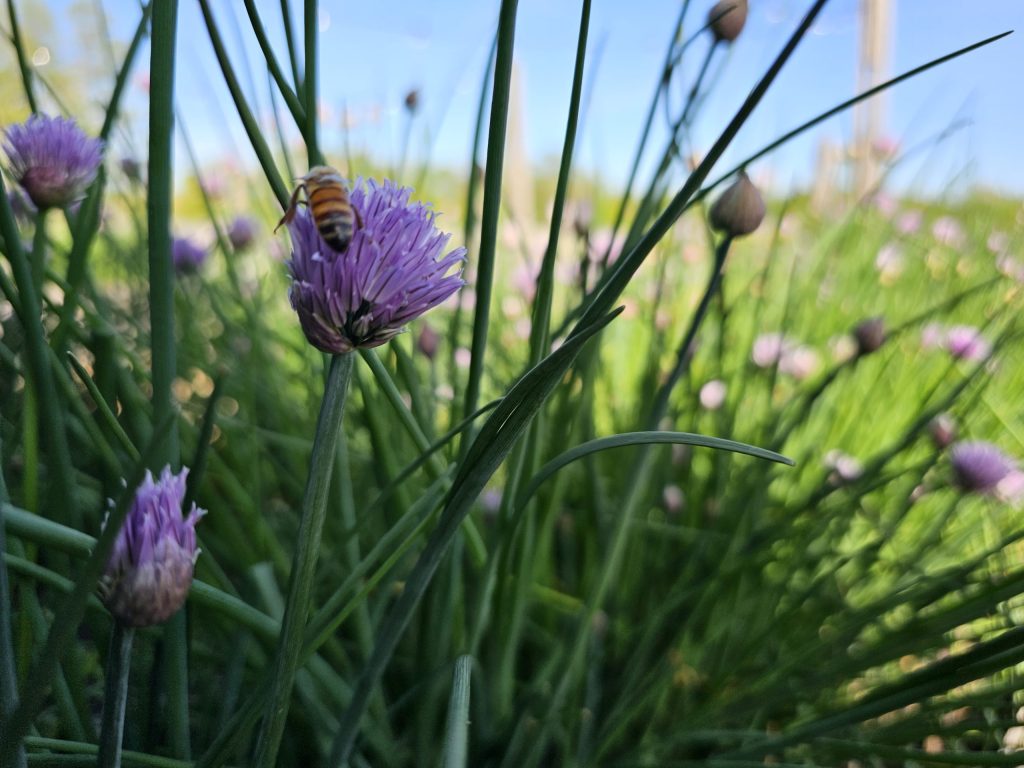Creating a thriving pollinator garden not only beautifies your outdoor space but also plays a crucial role in conserving our ecosystem. These gardens provide essential habitats for bees, butterflies, birds, and other pollinators. But how do you layout such a garden? And how do plants attract these essential creatures? Here are some answers.
Layout of a Pollinator Garden
Planning and laying out a Gardening for Pollinators garden is both a science and an art. A successful design considers the needs of both plants and pollinators. Start with a location that receives full sun for at least six hours a day. Include a variety of flowering plants that bloom at different times to ensure a continuous food supply for pollinators throughout the year. Arrange these plants in clusters to make it easier for pollinators to locate their food. And don’t forget to incorporate native plants, which are often more attractive to local pollinators than non-native species.
How Plants Attract Pollinators
Plants have evolved various strategies to entice pollinators:
- Colorful Display: Brightly colored flowers, especially in shades of blue, purple, and yellow, act like billboards, attracting pollinators from a distance.
- Scent: Many plants emit enticing fragrances to lure in pollinators. Some even mimic the pheromones of certain insects to ensure a visit.
- Nectar and Pollen: These are the primary food sources for many pollinators. Plants often provide these nutritious offerings in exchange for pollination.
- Shape and Structure: Certain plants have adapted their form to match specific pollinators. For example, tubular flowers suit long-tongued bees and hummingbirds, while flat, open flowers provide landing platforms for butterflies.
- Ultraviolet Patterns: Some flowers display ultraviolet patterns, invisible to the human eye but not to pollinators like bees, guiding them to the flower’s center.
Building a Pollinator Habitat
Creating a habitat goes beyond just planting flowers. It involves providing water sources, shelter, and nesting sites. Consider adding a shallow water dish with stones for pollinators to land on. Leave some ground undisturbed for ground-nesting bees. Birdhouses and butterfly boxes also provide safe havens.
In conclusion, growing the perfect plants for pollinators requires thoughtful selection and placement of plants, understanding how they attract these creatures, and creating a welcoming habitat. This will not only enhance your garden’s beauty but will also contribute to the survival of these crucial species.
Check out a few other blogs!



